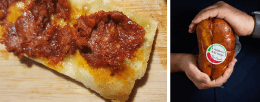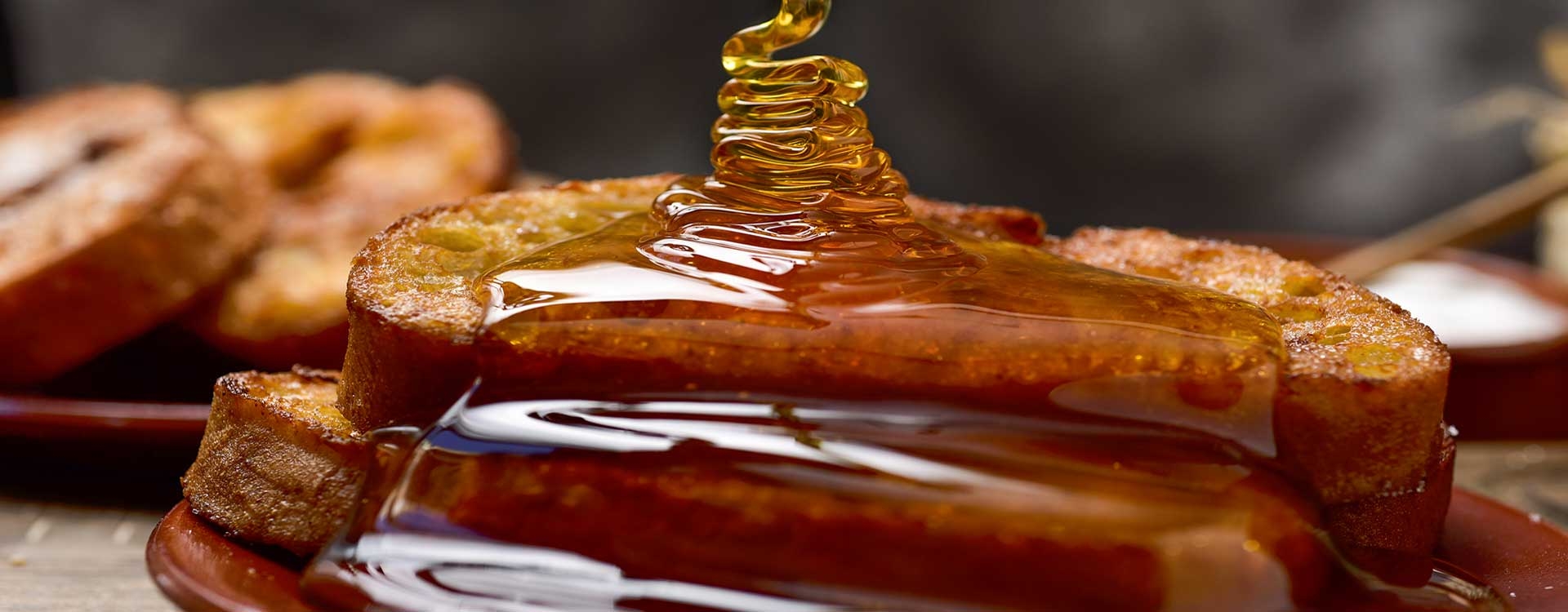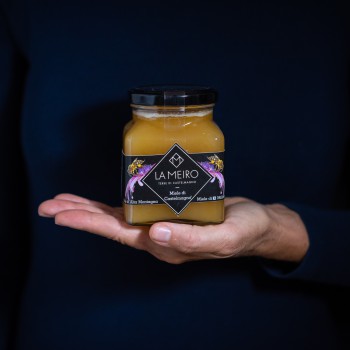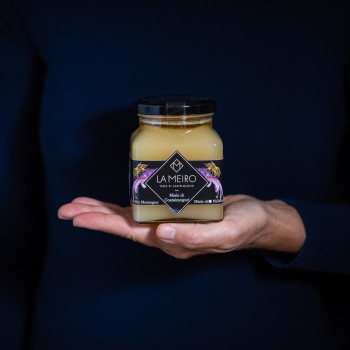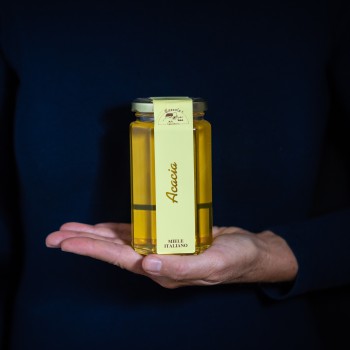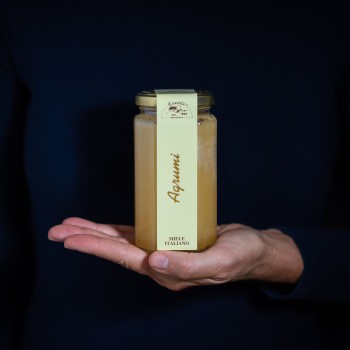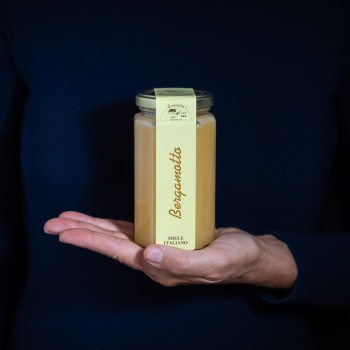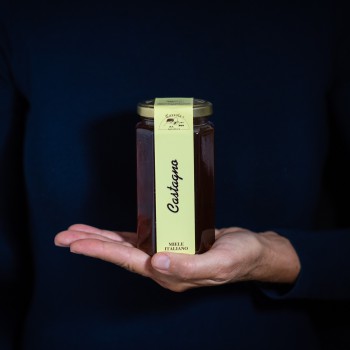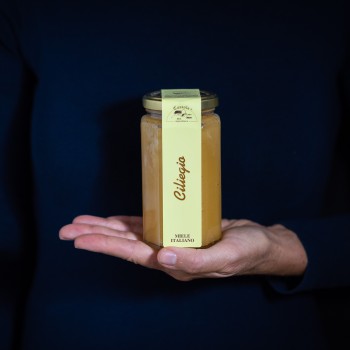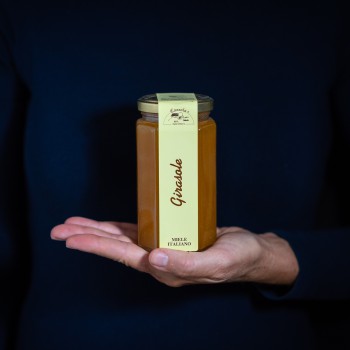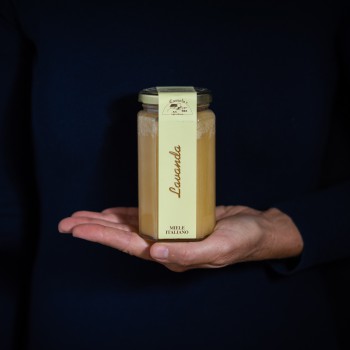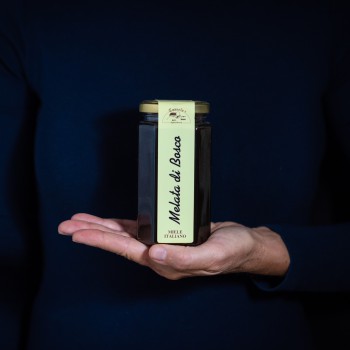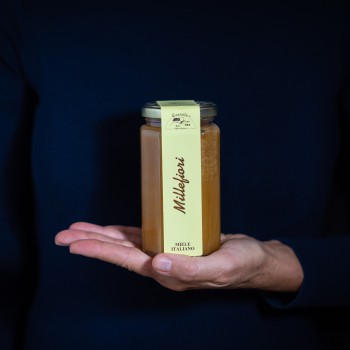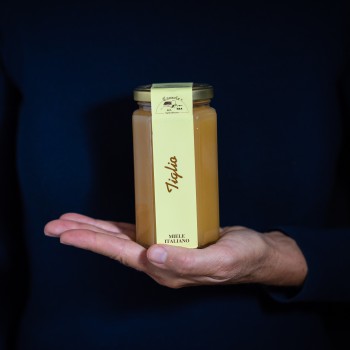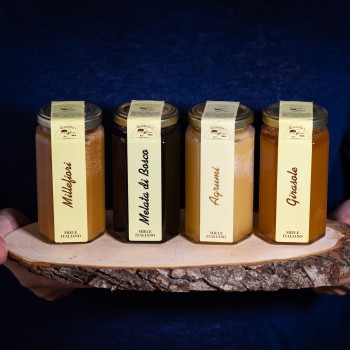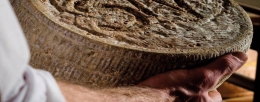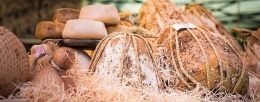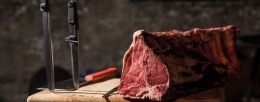Ferragosto is approaching, whip out the picnic baskets! What are we taking? All quick preparations to make and practical to carry and eat - dishes and cutlery are hardly needed! The secret? The best Italian cured meats.
Cakes and biscuits with honey
Italian honey, what a delicacy! It is an astounding product that is much more than pure and genuine; it is the essence of nature packed in a jar.
We are going to use this local delicacy to make worldwide delicious cakes and biscuits stemming from other traditions. Let’s move one step at the time, though!
How is honey made?
Here is a short recap of how honey is made: honey bee foragers fly from flower to flower as they are attracted by nectar or they collect honeydew on tree trunks. They gather these substances and once they are full, they return to the beehive and regurgitate the liquid. I know, it is not a nice image.
Worker bees, which are located close to the beehive, eat the liquid and regurgitate it once again. They also spread it on the beehive’s walls and move air by flapping their wings.
You’re probably wondering why they are doing this. The answer is easy: bees want to get rid of humidity to stock up on provisions for the winter.
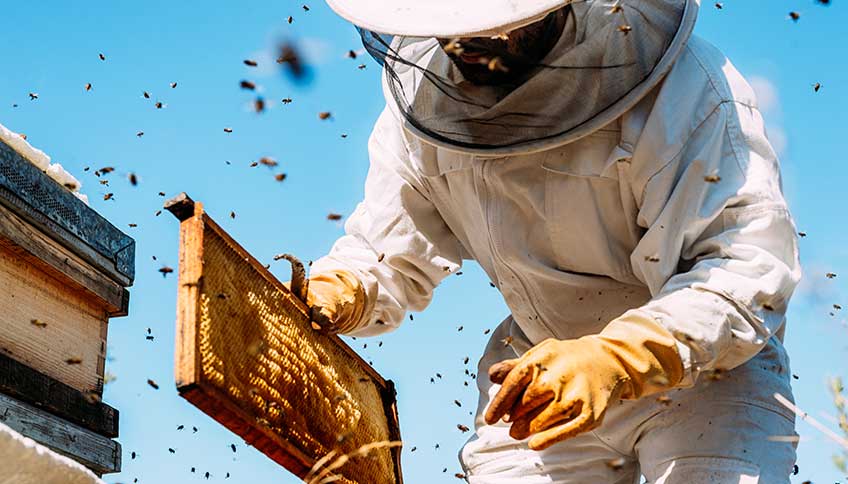
They store honey in cells that act as pantry, and they seal them with wax; this wax cap is called in technical jargon operculum. Beekeepers know that the honey is ready and they can start collecting it.
Let’s get a couple of things straight. The beekeeper does not hurt the bees. And bees do not die of starvation, since the beekeeper only takes any extra honey.
Then, honeys are not all the same. There is honey and honeydew. There is monofloral honey from a single plant, or wildflower or polyfloral honey. The flavour changes – a lot – depending on the flower.
And then there is whole virgin raw honey or pasteurised honey. In the former case, all natural properties are kept intact, whereas in the latter case, the heat treatment prevents the crystallisation process, but it also jeopardises the flavour and quality.
That’s all we have to say about honey; let’s move on to some recipes. The first stop on our journey is Spain!
Torrijas
These delicacies, which are traditional Easter desserts that originated in Andalusian convents, are easy to make and exquisite. If you want to treat yourself with a pleasure-loving snack or an original brunch, this is the right recipe for you.
Torrijas are similar to French toasts in some way: they are both made with butter and they are fried, but Torrijas have that extra oomph thanks to the honey which, by slightly heating it, becomes even more delicious. To make them, you need:
- Milk
- Sugar
- A cinnamon stick
- Stale bread
- Eggs
- Frying oil
- Prime-quality, Italian honey
Heat the milk with the sugar and the cinnamon and place the bread in a container with raised edges. Pour the milk on the bread slices and let it rest for 30 minutes.
Heat the oil, drain the bread, dunk it in the eggs and then fry it for a couple of minutes, turning it over every once in a while. When the slice of bread turns golden brown, pat it with paper towels and serve it hot with a lot of honey.
Baklava
Traditionally from Turkey, Lebanon, Greece and Albania, Baklava is not an actual cake, but a dessert celebrating the end of Ramadan. If you purchase ready rolled filo pastry, it is actually easy to make, otherwise you will need time and patience to make the pastry, but the end result will be worth all the efforts.
You only need few ingredients and honey is the most important one. Apart from honey, you need:
- Nuts or almonds or pistachios or a mix of dried fruits
- Ground cinnamon
- Filo pastry
- Butter
To make the syrup, you need:
- Italian honey
- Water
- Cinnamon stick, cloves and rose water (optional)
Mince the dried fruits and add the ground cinnamon. Place in a big, greased baking tray three filo pastry sheets, brushing each sheet with a copious amount of butter, and scatter dried fruits on top.
There should be overall three layers of filling, then the last one should be covered with four filo pastry sheets brushed with butter.
Place the Baklava in the fridge for 15 minutes and then cut it into diamond-shaped slices. Bake in a pre-heated oven at 160 °C until the top layer is golden, then cover it with aluminium foil and keep on baking for twenty minutes more.
In the meantime, prepare the syrup: put in a pot an inch of water and add a cinnamon stick, cloves and some drops of water rose. When the water is boiling, take out the cinnamon and cloves and add a lot of Italian honey and mix well.
Take the Baklava out of the oven and let it cool; then, drizzle some honey syrup on top and let it rest for at least 12 hours.
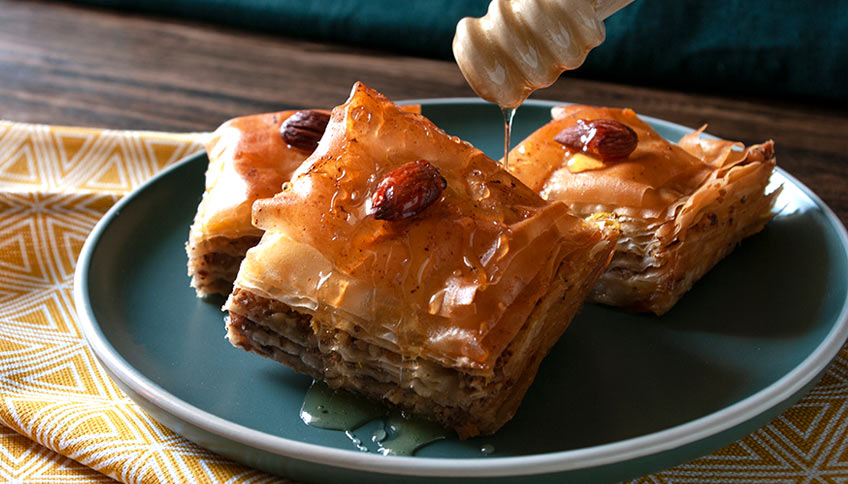
Pepparkakor
And now we have reached Sweden! Pepparkakor are spiced Christmas biscuits. The amount of ginger, cinnamon, nutmeg and cloves differs depending on the region and on personal taste, but honey is always a must.
It is very easy to make these biscuits. You will need, apart from the spices:
- Butter
- Cane sugar
- Italian honey
- Flour
- Baking powder
Mix the butter, sugar, honey and spices. Add the flour and baking powder and mix until you obtain a smooth dough that doesn’t stick to your hands. Shape the dough into a loaf and let it rest in the fridge for a day.
Afterwards, take some cookie cutters and create your own Christmas biscuits. Remember to pierce the dough at the top to hang them on the Christmas tree.
Our journey ends here, but Italian honey perfectly suits many other sweet recipes!






















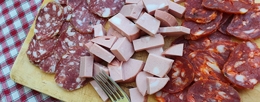
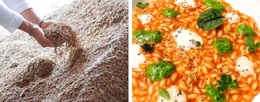
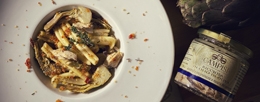

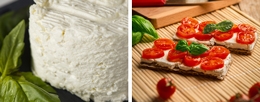
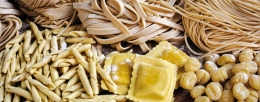
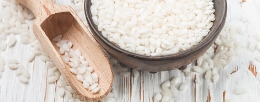
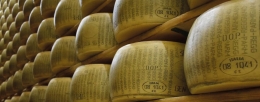
.jpg)
